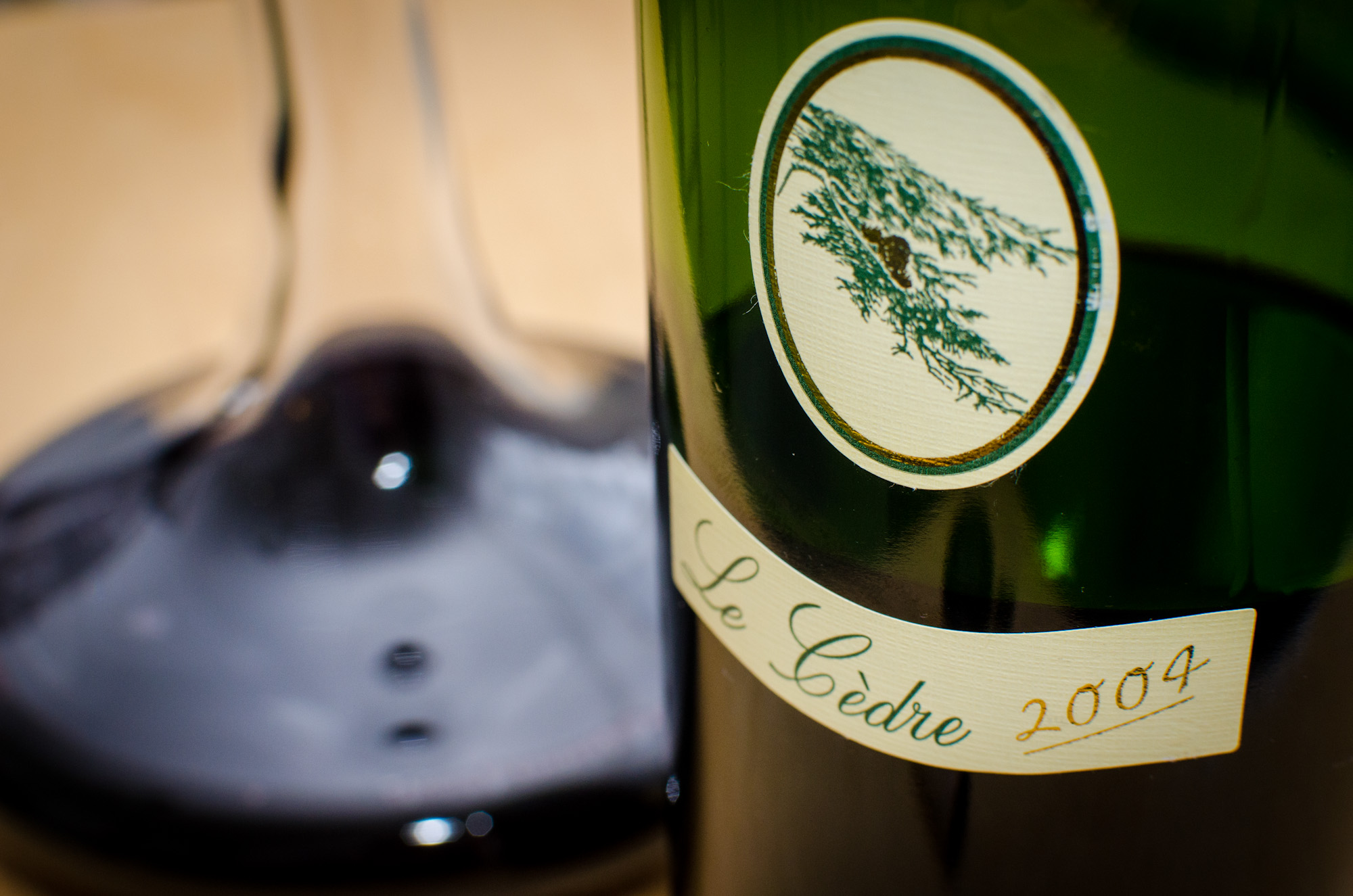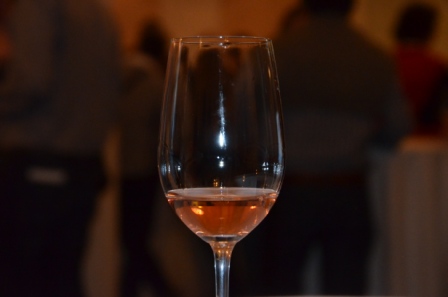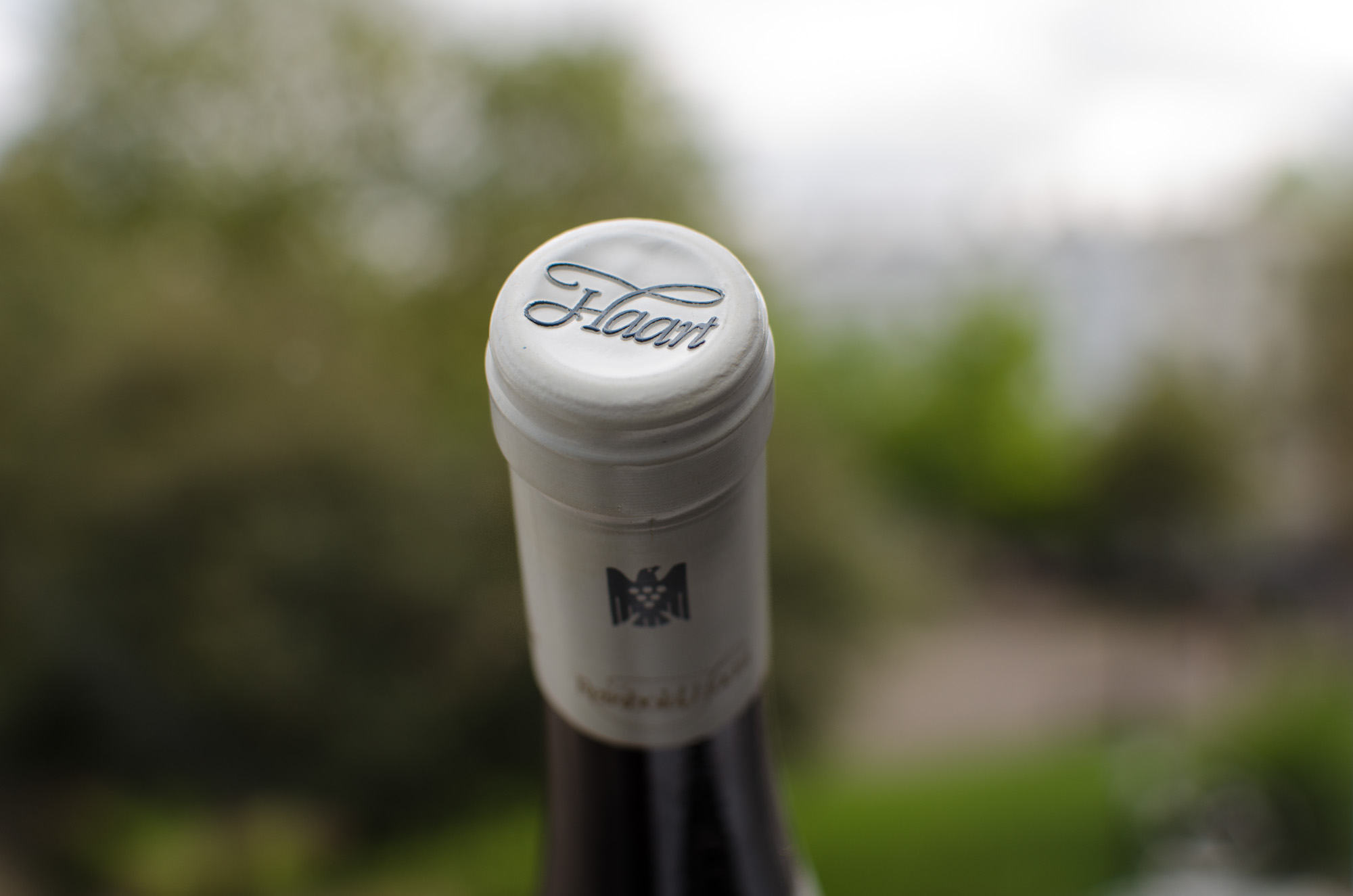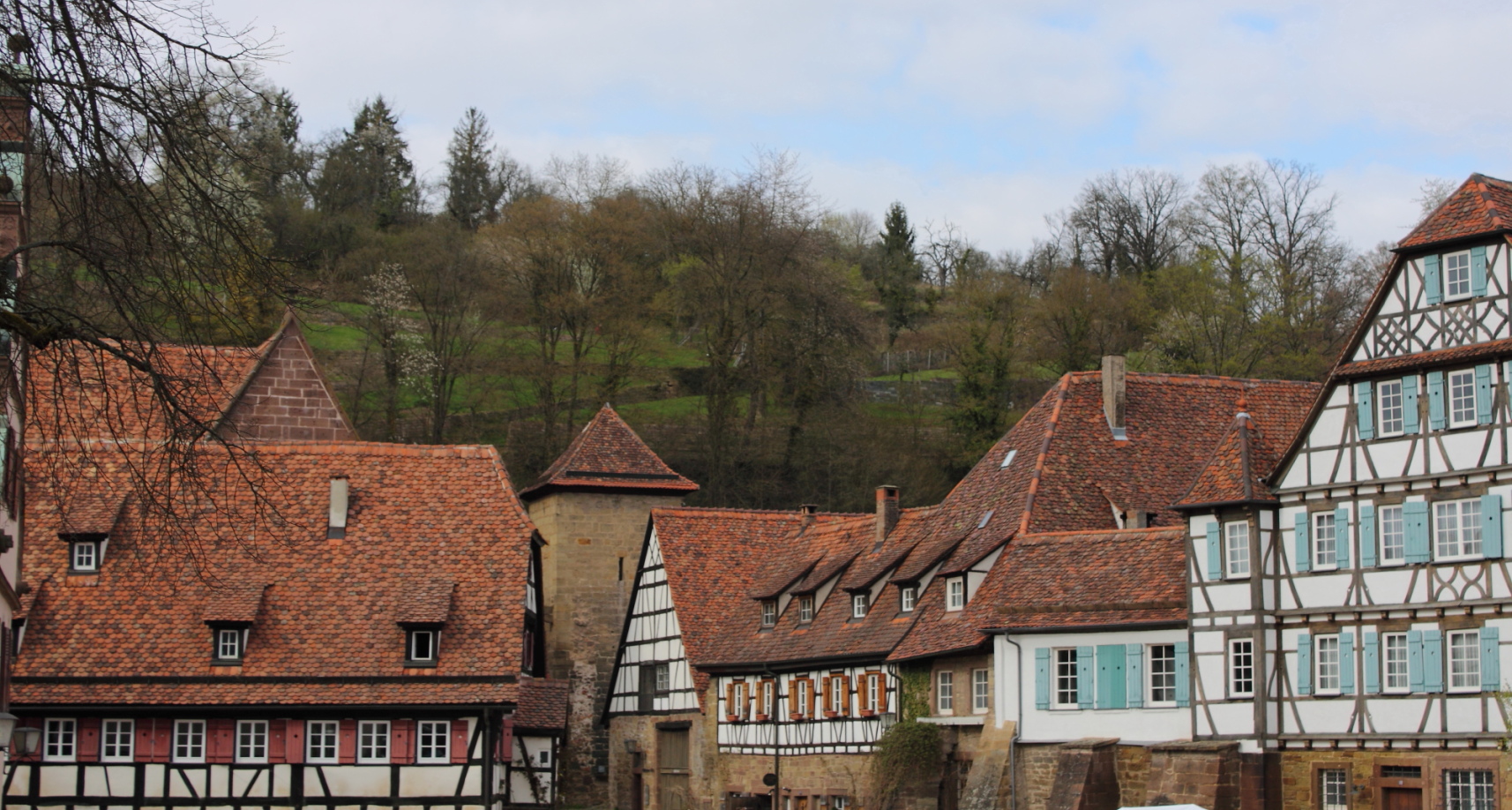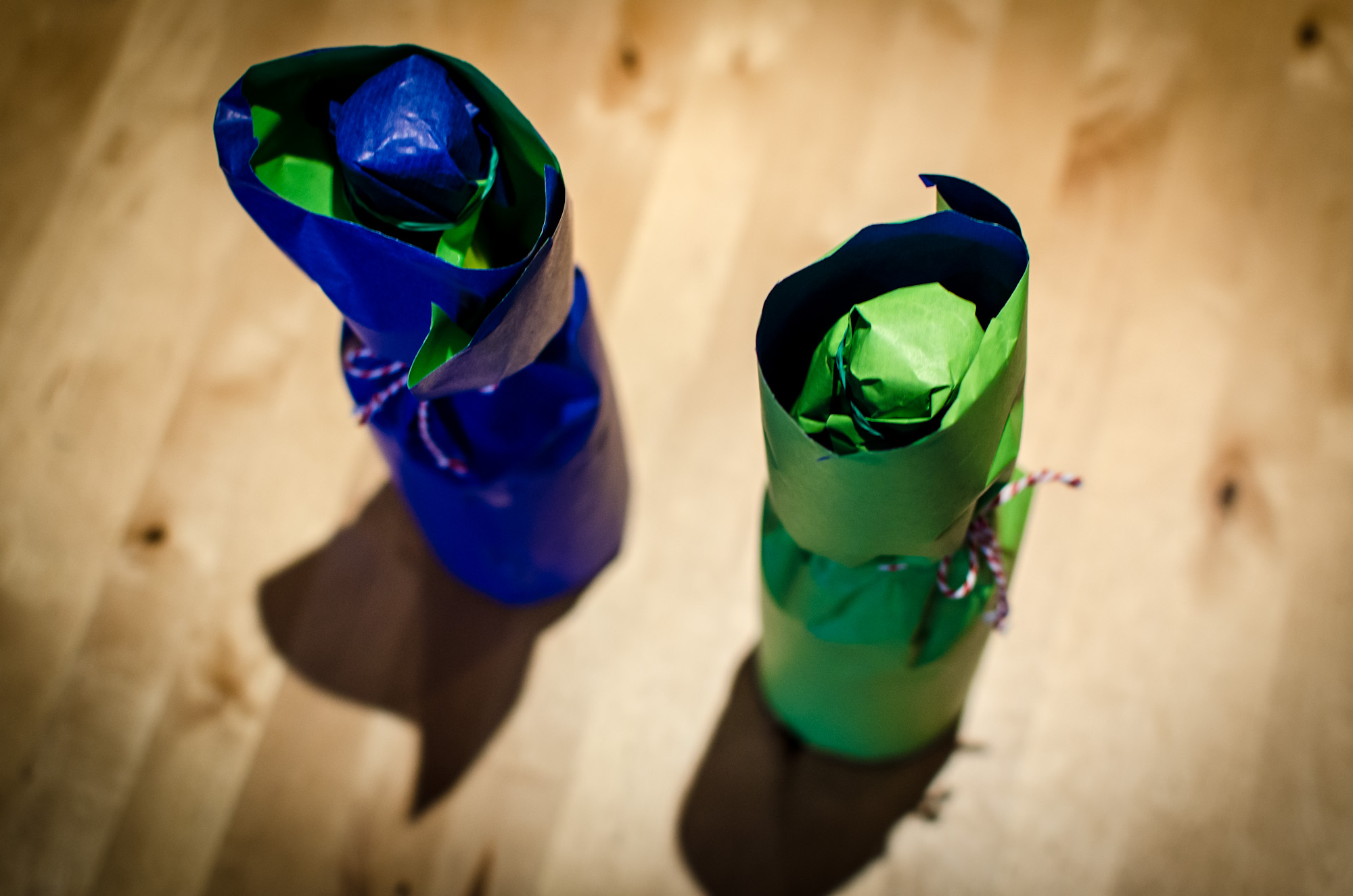For a long time I thought wine needs no visuals. In the early days of the Wine Rambler we did not even have photos on the blog. After all, what use is it to see the label when all you need to know is inside the bottle - and surely that is better captured in words? Well, I was wrong. Wine is more than just taste. Amongst other things it is also image - an image created by, amongst others, wine photographers. Today we have one of them, Andreas Durst - who is also a winemaker -, explain why he feels that wine photography is failing, stuck in old clichés that always were a lie. Enjoy, and learn.
What's wrong with commercial wine photography? A photographic guest ramble by Andreas Durst
Wine glass glistening, autumnal gold on sloped vineyards, the winegrower wandering the vines in his Sunday best - or, another favourite image, we see him with glass in hand, tasting wine by romantically flickering cellar candlelight.
Wine photography as Heimatfilm - a cheap, sentimental romance.
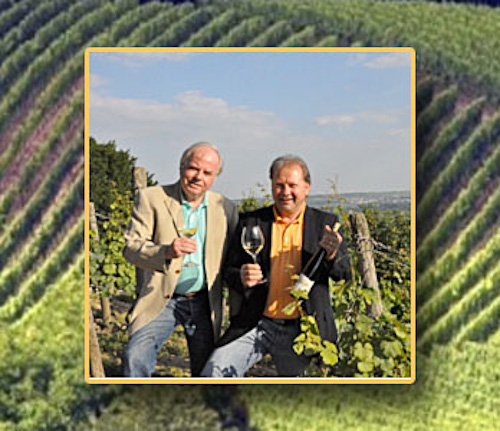
This image is old hat, and even in the olden days of winemaking it would have been far from realistic. Winemaking means work, hard work. However, these hoary old clichés, even today, continue to dominate our image of wine and of the people who make it.
